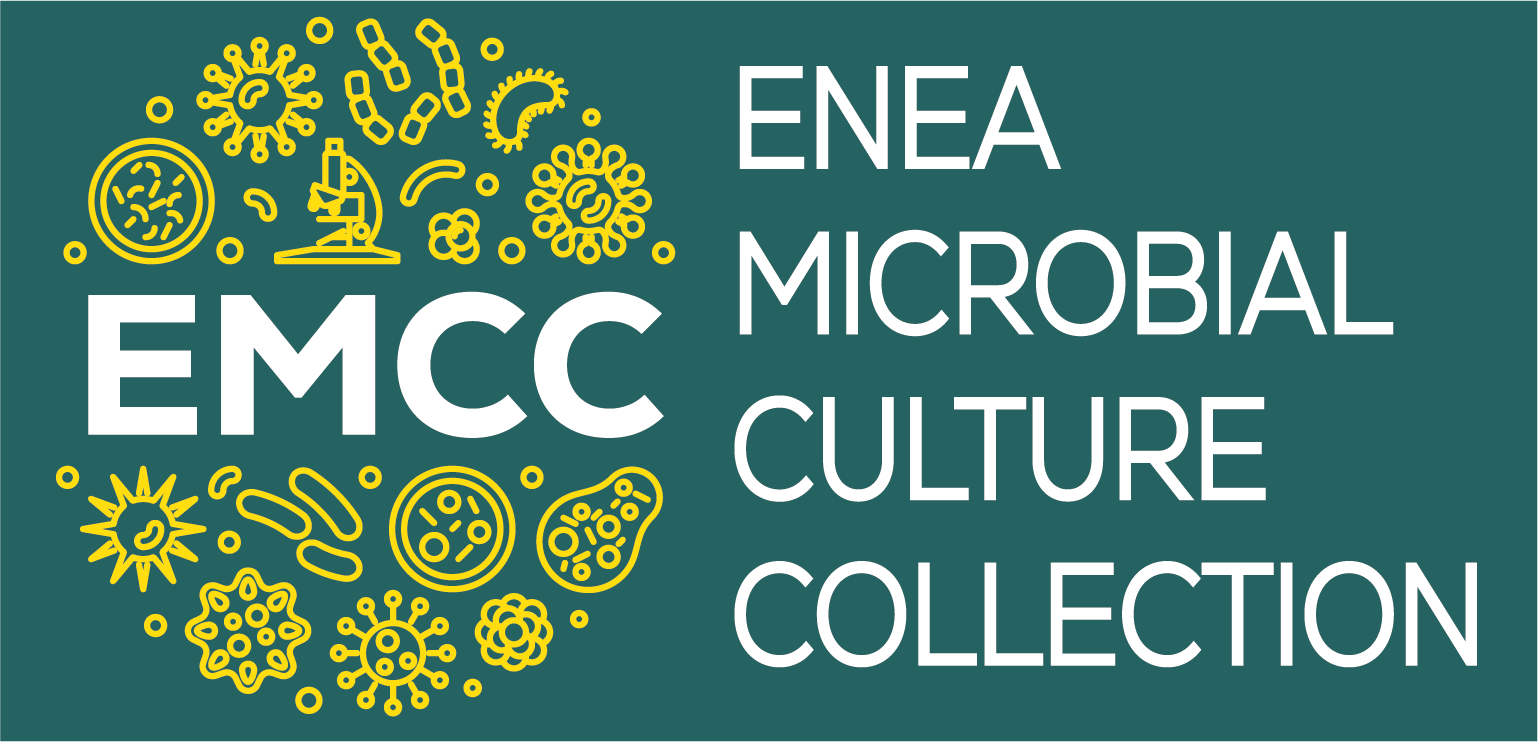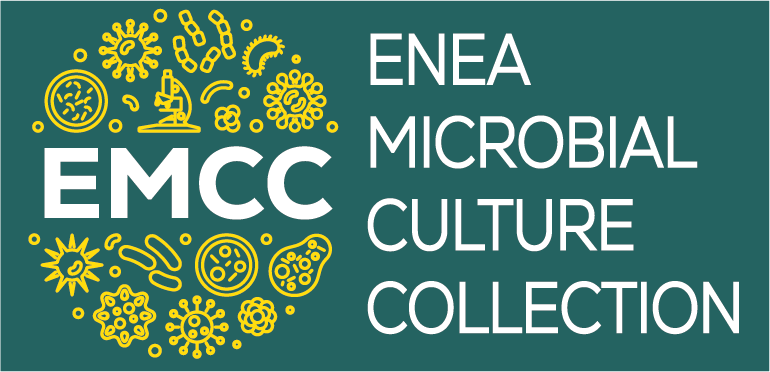ENEA Microbial Culture Collection

Bioenergy, Biorefinery, and Mycoremediation
Microbial communities constitute 'the engine' that drives all the biotechnological processes undertaken by the laboratory. Indeed, each bioprocess requires specific metabolic pathways, primarily dependent on the type of substrates and final products to be obtained, as well as operational conditions. Consequently, the structural and functional properties of the involved microbial communities will vary for each considered process. The conceptual approach adopted by the working group for the selection of mixed microbial communities used as inocula is based on the creation of engineered biosystems that adhere to the principles of ecology and microbial ecology, on the engineered ecosystems through which the operational conditions of bioreactors are studied, rather than of microorganisms, able to promote the required microbial metabolism and/or enhance specific metabolic functions. In other words, by modifying physico-chemical parameters and process configurations, the goal is to promote the availability of specific ecological niches.
In particular:
1
Use of microbial strains and pools to enhance the efficiency of biotechnological processes, such as fermentation or anaerobic digestion, for the energy valorization of waste biomasses, by-products, and residues, resulting in the production of gaseous and liquid biofuels and/or the production of molecules of interest.
The microbial components used are selected from natural environments, such as marine/brackish sediments and freshwater environments, rumen environments, and from the same organic waste/residues used as feedstock for bioprocesses (urban waste, livestock waste, residues from agri-food chains, and activated sludge). The screening of microbial diversity and the selective enrichment of microbial communities suitable for bioprocesses are therefore based on the principles of microbial ecology.
The selection aims to obtain microbial strains and pools capable of performing specific metabolic functions, facilitating critical phases of bioprocesses, and thereby increasing the efficiency of the final product yield, in this case, biogas, biomethane, biohydrogen, hythane, and bioethanol. The selected microbial pools are used as starters/inocula to activate the bioprocesses. In particular, hydrogen-producing and cellulolytic bacterial strains have been isolated from plant waste of the company canteen, a highly efficient fermenting microbial community has been enriched from lagoon sediments, and a mixed microbial community has been enriched from activated sludge. This has led to the patenting (patent no. RM2011A000480) of a process capable of converting crude glycerol, a by-product of the biodiesel industry, into biofuel.
2
Implementation of microbial communities to enhance specific metabolic functions, namely the application of bioaugmentation techniques
Strategies for bioaugmentation are developed using pure or mixed cultures, enhancing one or more phases of anaerobic digestion (combined bioaugmentation). Specifically, components active in hydrogen production and/or in the acidogenesis and acetogenesis phases of anaerobic digestion are utilized.
3
Use of ruminal fungi for the hydrolysis of the lignocellulosic component of residual biomasses
One of the bottlenecks in the energy valorization of residual biomasses is the slow and challenging degradation of the lignocellulosic fraction. In this context, the hydrolytic potential of anaerobic fungi of ruminal origin is studied. Indeed, despite being still poorly characterized, ruminal fungi are considered a promising resource for improving the hydrolytic phase of the anaerobic digestion process by efficiently degrading lignocellulose into simple sugars and polysaccharides and enhancing the biogas production and its methane content. Therefore, methodologies for the isolation, selection, and utilization of ruminal fungi have been developed through bioaugmentation strategies in the anaerobic digestion process.
4
Use of filamentous fungi for the biological remediation and bio-valorization of industrial and process effluents
The increasingly common term Mycoremediation refers to a biological method based on the use of fungi to remove contaminants from the environment or industrial effluents. In this context, methodologies have been developed for the isolation, selection, and molecular characterization of microorganisms from various environmental matrices (contaminated marine sediments, decomposing biomass, etc.). The isolates have been tested and selected based on their unique metabolic abilities. ENEA has isolated fungal strains used for the phytoremediation of olive mill wastewater. Simultaneously, the proteome and metabolome of the fungus during the phenolic compounds removal process were characterized, leading to the identification of various fungal-origin molecules with bio-pesticidal properties, potential compounds for the bio-valorization of effluents. The isolates have also been tested for the regeneration of scrubbing waters produced during gasification processes and contaminated with Tar.
5
Use of filamentous fungi for the production of enzymes of agro-industrial interest
Fungi possess the extraordinary ability to adapt to diverse environments, modulating their metabolism through the fine regulation of a comprehensive enzymatic and protein arsenal, that allows them to extracellularly decompose a wide variety of substrates. In this scenario, enzymes produced by fungi emerge as potential biological catalysts to be integrated into the processes of producing biofuels from lignocellulosic biomass. ENEA has isolated, characterized, and tested fungi capable of producing lignolytic, cellulolytic, xylanolytic enzymes, as well as enzymes with high peroxidase and laccase activity that have potential applications in the enzymatic pretreatment of lignocellulosic biomass.


